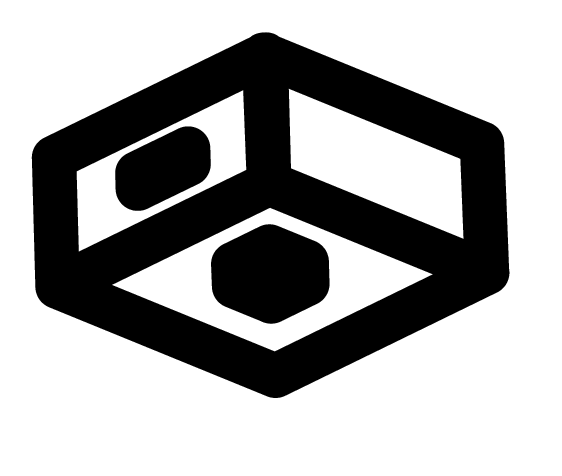Four Components Of An Effective Technology Rationalization Strategy In Healthcare Mergers And Acquisitions
Jim Hammer, Senior Vice President, Harmony Healthcare IT.

Mergers and acquisitions (M&A) in healthcare are common. Although 2022 saw a drop in the number of M&A deals per quarter (down 400 per quarter from 600 the year prior), specialists expect M&A activity to rise again in 2023.
As M&A activity picks back up, it’s more important than ever to have a plan for a sometimes-overlooked aspect of M&A activity: deciding what to do with the technology and applications you acquire following a merger. The number of electronic health record (EHR) platforms hospitals are running today varies depending on many factors, such as the size of the organization, its services and its specific requirements. Larger hospitals or healthcare systems often have multiple EHR platforms in use due to historical factors, mergers and acquisitions or department-specific needs. This can lead to complexities in data exchange and interoperability challenges. A strong technology rationalization strategy can help leadership decide how to handle this new technology portfolio.
Why Rationalize A Technology Portfolio?
After an M&A, you acquire a diverse set of software and applications. Now, you have to decide what to do with these applications, especially if they don’t align with your organization’s post-acquisition goals. You need to eliminate overlapping or redundant applications and centralize where you store your data.
If you maintained the status quo following an M&A, you’d quickly see why technology rationalization is so important. Keeping overlapping applications can pose unnecessary security risks and even silo data, making it harder to locate and access.
How Do You Rationalize A Technology Portfolio?
It’s clear why technology rationalization is needed. But how do you design a plan to rationalize your portfolio? Although every organization’s strategy will look a bit different, here are four key elements of an effective rationalization plan.
1. Take inventory.
To start, take stock of which applications each acquired hospital or clinic uses. You don’t know what you have to work with until you review each component. The IT team can lead the effort of curating a complete inventory.
2. Decide which applications require immediate attention.
Once you’ve inventoried existing platforms and applications, decide which to take care of and when, as you may not want to tackle decommissioning them all at once. Cost and risk often drive many of these decisions. To help you prioritize which applications to address first, consider the following.
• What are the application’s direct costs, including those related to servers, technical environments, labor, licensing and storage? More expensive applications may need your attention right away.
• Are there costs related to maintenance agreements? When are these agreements up for renewal? You may find that some applications have licensing agreements that don’t renew for another year, but you have others that expire in six months.
• What are the security vulnerabilities? Is the application older and more prone to technical risk?
• Is data hosted on-premises or with the source application vendor? External vendors can also pose additional costs to your organization. Is there an opportunity to consolidate the data sources?
3. Establish a cross-sectional governance team.
You may have already outlined which applications you’re keeping first and which you’ll eliminate. However, a cross-sectional governance team can offer on-the-ground insight to guide your strategy. Your team should include leaders from various departments across your organization, all with a stake in what happens to the data in the applications under their umbrella. They can also provide strategic business reasons for keeping legacy data you may not have considered.
4. Plan for application rationalization from the start.
Planning for rationalization early in the M&A process can save you time, money and headaches. Three things your organization can do before completing an M&A to manage resources on technology rationalization include:
1. Creating a rationalization “playbook” so you have a consistent strategy across multiple M&As, rather than an ad hoc process.
2. Budgeting for technology rationalization work early in the M&A process.
3. Establishing a cross-sectional governance team as early as possible.
Removing Technology Bloat
Technology rationalization can take time to do properly, but having a robust plan in place is critical. Without one, your organization can encounter unnecessary costs and risks. You may also be unable to comply with important government regulations. For example, the 21st Century Cures Act requires organizations to provide patients with medical records within a specific period. If you spread your data across multiple applications, it can be hard to locate the information and comply with this requirement. An active archive can consolidate legacy data into a secure location with a user interface that allows workflows for data access by various departmental users.
Adopting these steps early in your merger and acquisition process can help your organization develop a robust, replicable technology rationalization strategy.

 Attendees
Attendees
 Sponsors and
Exhibitors
Sponsors and
Exhibitors
 AI Training
for Doctors Workshops
AI Training
for Doctors Workshops
 Contact us
Contact us